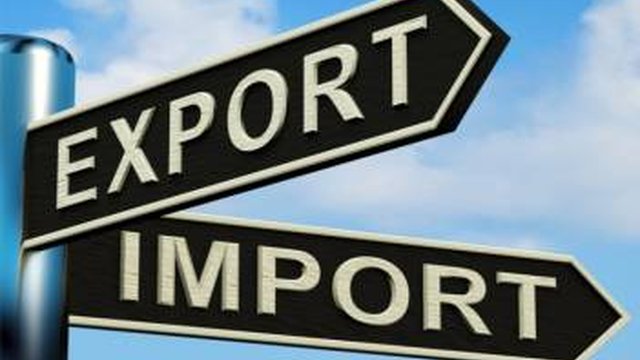Ukraine's trade envoy hopes to avoid reversion to pre-war EU trade terms after June 6

The worst-case scenario in trade relations with the European Union starting June 6 – when the current Autonomous Trade Measures (ATM) expire – is a return to the pre-war free trade regime that was in place before ATMs were introduced in June 2022, said Ukraine's Deputy Minister of Economy and Trade Representative, Taras Kachka.
"I believe we'll do everything in our power to ensure that, at least as of June 6, there are no de facto changes," Kachka said at the "Trade Wars: The Art of Defense" conference organized by the law firm Ilyashev & Partners in Kyiv on Tuesday.
He explained that an agreement had already been reached last year stipulating that the ATMs would cease on June 6, 2025. In their place, the European Commission was to initiate a review under Article 29 of the Deep and Comprehensive Free Trade Area (DCFTA) agreement between Ukraine and the EU, aimed at expanding market access both for Ukrainian goods in the EU and EU goods in Ukraine.
"And while everything has gone according to the European Commission's plan regarding the ATMs, the review under Article 29 has been delayed somewhat due to a variety of external circumstances. Still, I hope we'll reach a decision swiftly – if not by June 6, then as soon as possible afterward," said the trade envoy.
"At the very least, during the period in which we're negotiating new liberalization parameters for goods that had already been fully liberalized, we shouldn't face market access issues in the EU," he added.
More broadly, Kachka acknowledged that the trade relationship with the EU is currently far less optimistic and friendly than other areas of cooperation.
Nonetheless, he stressed that even the pre-war trade regime with the EU was "quite favorable," given that industrial goods were already tariff-free and most agricultural products also faced no duties.
"However, it's clear that the goods which are most important and sensitive for us have greatly benefited from the ATMs – not only in terms of market access, but also transit. That was particularly crucial before 2023, when our seaports weren't operational. Now, with ports functioning again, most exports bound for third countries are shipped via our own ports, so the burden on transit routes has eased. Consequently, the ATMs, which had helped facilitate transit, are no longer as relevant," Kachka noted.
He also pointed out that over 2023 and 2024, Ukraine and the EU had managed to strike a trade balance, despite Ukraine still having a significant trade deficit – imports exceed exports by almost twice.
"This imbalance is now at the heart of the ongoing debate: how to maintain balanced trade. Our approach is to preserve the current trade terms, perhaps even move toward greater liberalization – but with proper safeguards. We'll see how it plays out. We're working constructively with the European Commission, but clearly a comprehensive decision will be needed to address all the complexities," he summarized.
The first ATMs came into effect on June 4, 2022, for a one-year term. They temporarily suspended tariffs, quotas, and trade restrictions on Ukrainian goods. The measures were subsequently extended twice – on June 6, 2023, and June 6, 2024.
Ukrainian agricultural producers are particularly concerned about the potential return – after June 5, 2025 – to the current Article 29 norms of the DCFTA, which impose very low export quotas on certain agricultural products. A quota on the export of 100,000 tonnes of bioethanol may also be reinstated. Negotiations are underway to increase these quotas, but there are fears that there may not be enough time left before June 5 to formally enact such changes.
At the same time, in the metallurgical sector, there have been discussions within the EU about preserving preferential import terms for Ukrainian steel even if the ATMs expire. The European Parliament endorsed such a proposal on May 8, 2025, which effectively allows the current steel trade regime to continue beyond June 5.








